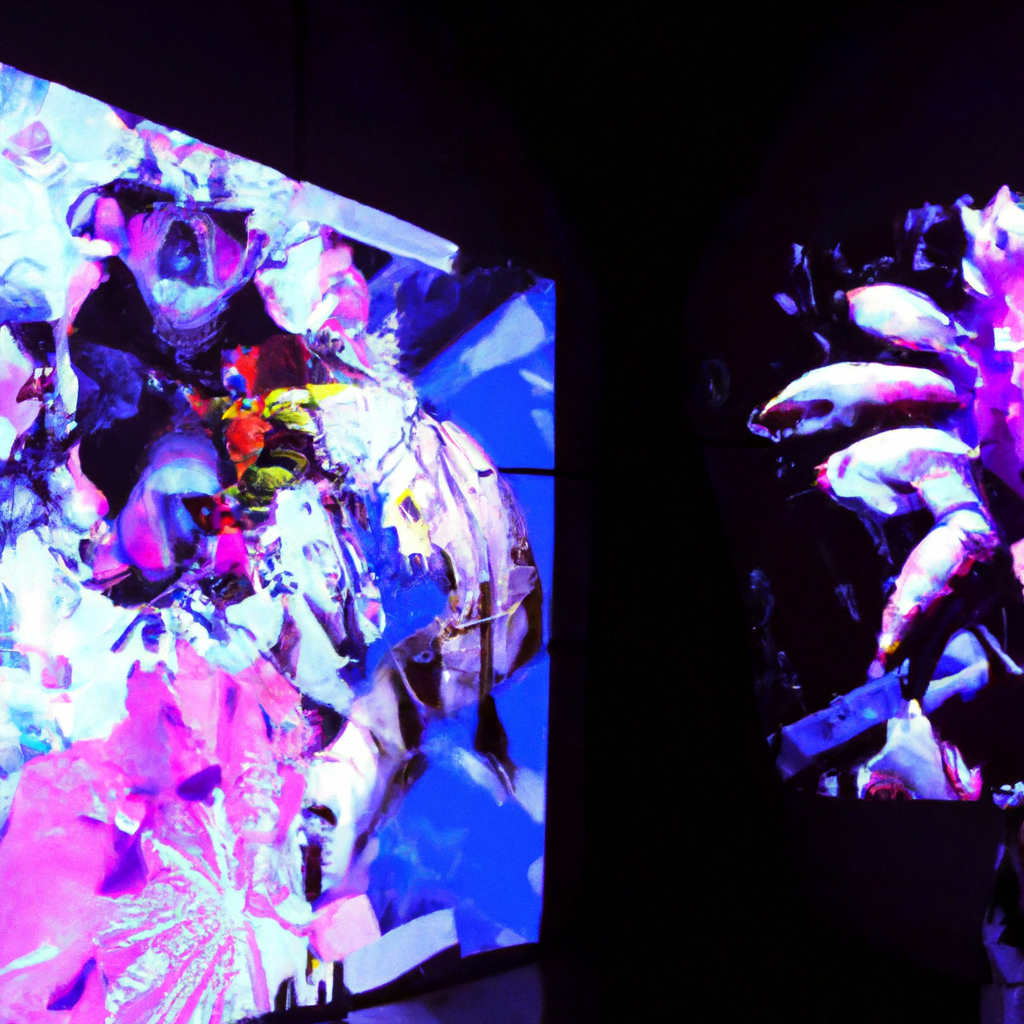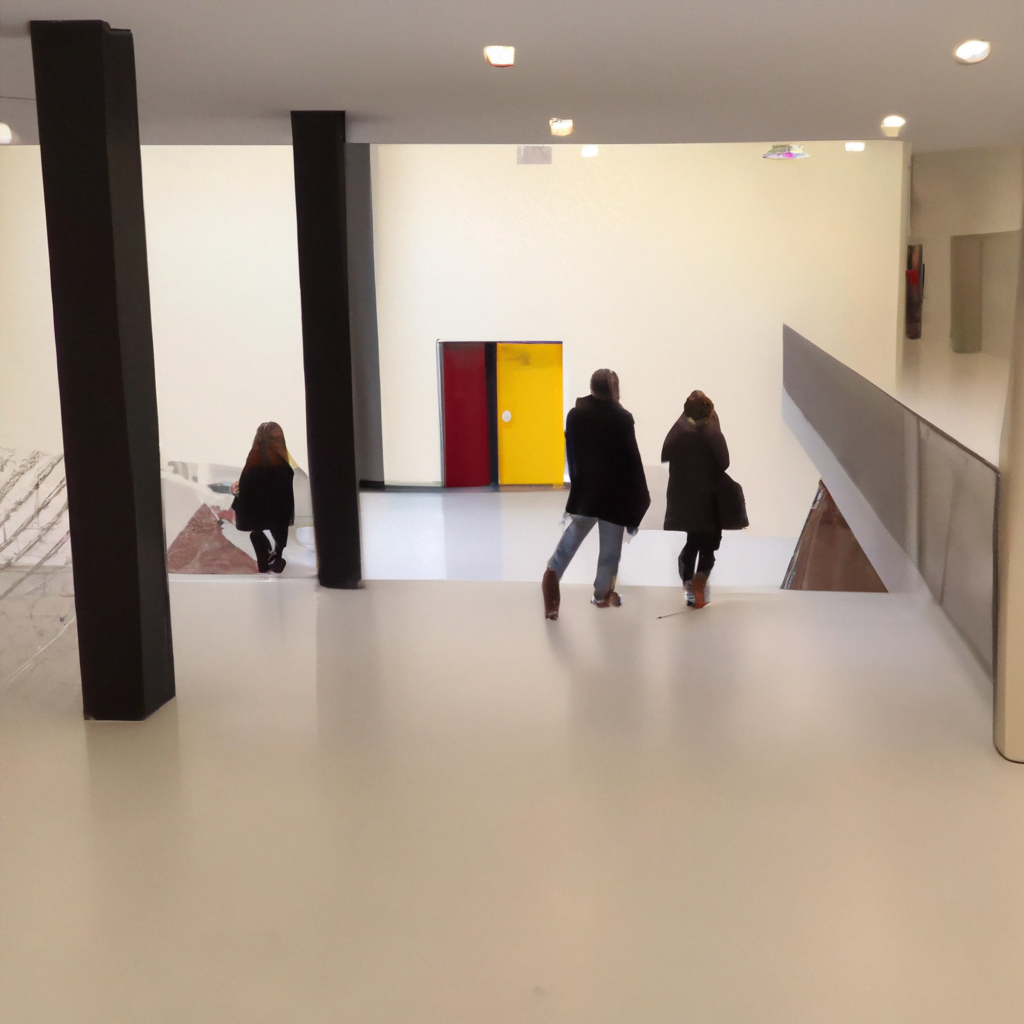
AI in Environmental Graphics and Wayfinding Design

Artificial Intelligence (AI) has revolutionized various industries, and its impact on environmental graphics and wayfinding design is no exception. With the ability to analyze vast amounts of data and make intelligent decisions, AI is transforming the way we navigate and interact with our surroundings. In this article, we will explore the applications of AI in environmental graphics and wayfinding design, and how it is enhancing user experiences in various environments.
The Role of Environmental Graphics and Wayfinding Design
Environmental graphics and wayfinding design play a crucial role in helping people navigate complex spaces, such as airports, hospitals, shopping malls, and campuses. These design elements provide visual cues and information to guide individuals from one location to another, ensuring a seamless and efficient experience.
Traditionally, environmental graphics and wayfinding design have relied on static signage and maps. However, with the advancements in AI technology, designers now have access to powerful tools that can enhance the effectiveness of these design elements.
AI-Powered Data Analysis
One of the key benefits of AI in environmental graphics and wayfinding design is its ability to analyze vast amounts of data. By collecting and processing data from various sources, AI algorithms can generate valuable insights that inform the design process.
For example, AI can analyze foot traffic patterns in a shopping mall to identify high-traffic areas and optimize the placement of signage. By understanding how people move through a space, designers can strategically position signs to ensure maximum visibility and effectiveness.
AI can also analyze user behavior and preferences to personalize the wayfinding experience. By collecting data on individual preferences, such as preferred routes or points of interest, AI algorithms can tailor the navigation experience to each user, providing them with relevant information and recommendations.
Smart Signage and Interactive Displays
AI technology has enabled the development of smart signage and interactive displays that can adapt to changing circumstances and provide real-time information to users.
For example, AI-powered digital signage can dynamically update information based on real-time data, such as flight schedules at an airport or event schedules at a conference center. This ensures that users always have access to the most up-to-date information, reducing confusion and improving the overall experience.
Interactive displays equipped with AI can also provide users with personalized recommendations and suggestions based on their preferences and context. For instance, in a shopping mall, an interactive display can suggest nearby stores or promotions based on the user’s previous purchases or current location.
Case Study: AI in Airport Wayfinding
One notable example of AI in environmental graphics and wayfinding design is its application in airports. Airports are complex environments with multiple terminals, gates, and amenities, making navigation challenging for passengers.
By leveraging AI technology, airports can enhance the wayfinding experience for passengers. For instance, the Hong Kong International Airport implemented an AI-powered wayfinding system that uses facial recognition to identify passengers and provide them with personalized directions to their gates.
The system analyzes real-time data, such as flight schedules and passenger locations, to calculate the most efficient routes and provide passengers with real-time updates. This not only improves the overall passenger experience but also helps airports optimize operations by reducing congestion and improving efficiency.
The Future of AI in Environmental Graphics and Wayfinding Design
As AI technology continues to advance, the possibilities for its application in environmental graphics and wayfinding design are endless. Here are some potential future developments:
- Augmented Reality (AR) wayfinding: AI-powered AR applications can overlay digital information onto the physical environment, providing users with real-time directions and information.
- Voice-activated wayfinding: AI-powered voice assistants can guide users through complex spaces using natural language processing and voice recognition.
- Intelligent crowd management: AI algorithms can analyze crowd movement patterns to optimize the placement of signage and manage crowd flow in real-time.
These advancements have the potential to revolutionize the way we navigate and interact with our surroundings, making the experience more intuitive, personalized, and efficient.
Conclusion
AI is transforming environmental graphics and wayfinding design by enabling data-driven decision-making, personalized experiences, and real-time information updates. From smart signage to interactive displays, AI-powered solutions are enhancing user experiences in various environments, such as airports, shopping malls, and campuses.
As AI technology continues to evolve, we can expect even more exciting developments in the field of environmental graphics and wayfinding design. The future holds the promise of augmented reality wayfinding, voice-activated assistants, and intelligent crowd management systems, all aimed at making navigation more seamless and efficient.
By embracing AI in environmental graphics and wayfinding design, we can create environments that are not only visually appealing but also intuitive and user-friendly, ultimately improving the overall experience for individuals navigating complex spaces.
